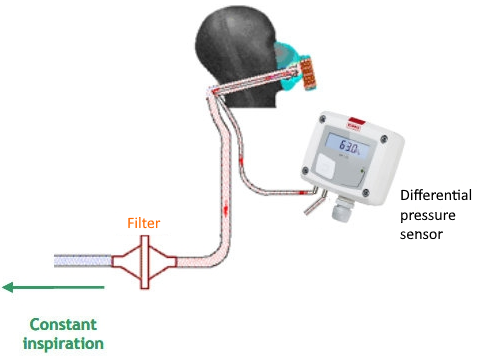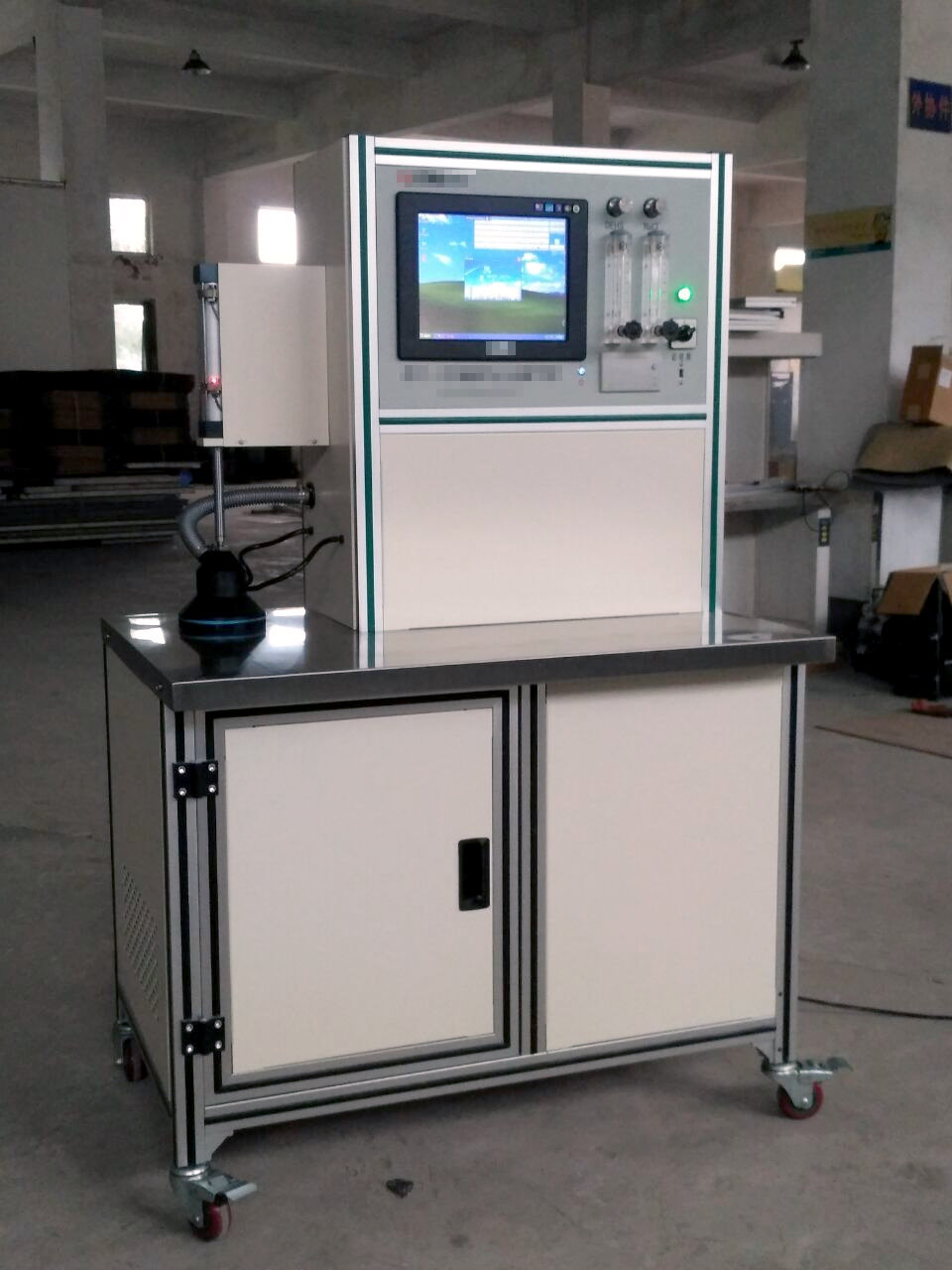Sauermann pressure sensors play a vital role in face mask tests

As lockdown rules are eased in many parts of the world, the production of respiratory face masks is being ramped up to cater to massive demand from countries affected by the COVID-19 pandemic. Chinese filter manufacturers are turning in large numbers to Sauermann to certify their products to the strictest international standards. Filter test benches require high-precision differential pressure sensors, such as our CP 112 range, as part of the test protocol. Here, we explain how and why.
Let's breathe!
For an air filter to be effective, it has to strike the right balance between two parameters: permeability (ensuring sufficient air can pass through the membrane for the wearer to breathe), and resistance (its ability to trap particles of different sizes, of which viruses are among the smallest). The smaller the particles a filter captures, the greater its resistance and, therefore, the lower its breathability. Standards therefore require filters to provide adequate filtration while offering a level of resistance that enables the user to breathe. Resistance is measured in terms of pressure.
Mask classification
| Filter mask | Percentage of particles filtered | Resistance at 95 litres per minute (equivalent to manual labour) | Size and type of particles trapped |
| FFP1 | 78% | 2.1 mbar | 100 µm – Dust |
| FFP2 | 92% | 2.4 mbar | 0.1 µm - Viruses, fine particles (metal dust, etc.) |
| FFP3 | 98% | 3 mbar | 0.01 µm - Asbestos, ceramics, aerosols, etc. |

Pressure as a major indicator
Resistance and pressure drop are measured using differential pressure sensors. In order to comply with exacting international standards, these sensors need to remain accurate and reliable under all circumstances.
Resistance, measured in millibars or Pascals (1 mbar = 1 hPa), is determined by calculating the pressure difference between the air before and after it has passed through a filter. Known as pressure drop, this parameter is based on air flow and speed. Remember: the average person breathes around 8 litres of air per minute while at rest, and up to 200 litres at maximum physical exertion.

Critical Accuracy
Differential pressure sensors are used in test benches to perform various tests on protective face masks:
- To check that the filter’s resistance is not too high that the wearer is unable to breathe properly.
- To demonstrate the filter’s effectiveness, which indirectly correlates with the pressure drop after the air has passed through (other tests, which measure particle concentrations, are also needed).
- To assess the filter’s lifespan according to usage conditions: a clogged filter will provide greater resistance, thereby adversely affecting its breathability.
Sauermann’s range of digital pressure sensors, which are calibrated in the laboratory and offer highly granular measurement capability, are therefore especially well-suited to these tasks. That’s why we have already delivered hundreds of CP 112 sensors to mask manufacturers in China, where they are used in filter test benches to make sure the world can emerge from lockdown without compromising safety.
--------------------------------------------
Sources :
- INRS : Filtration des nanoparticules - Application aux appareils de protection respiratoire
- INRS : Appareils de protection respiratoire filtrants. Effet des conditions environnementales de stockage et d'utilisation sur les performances des filtres





Add new comment